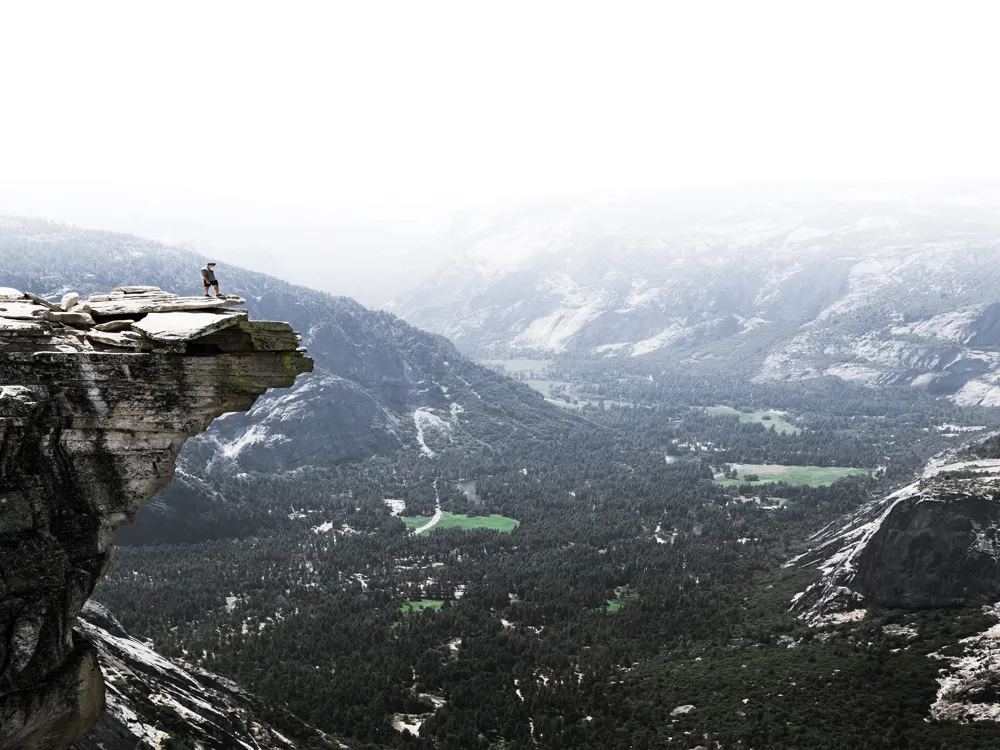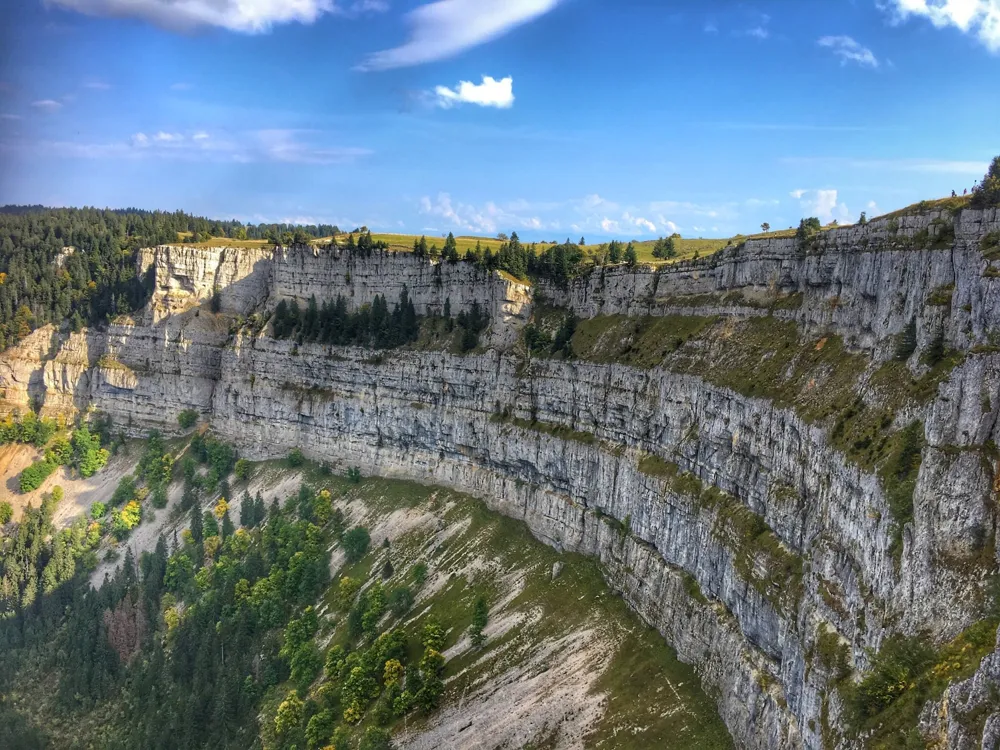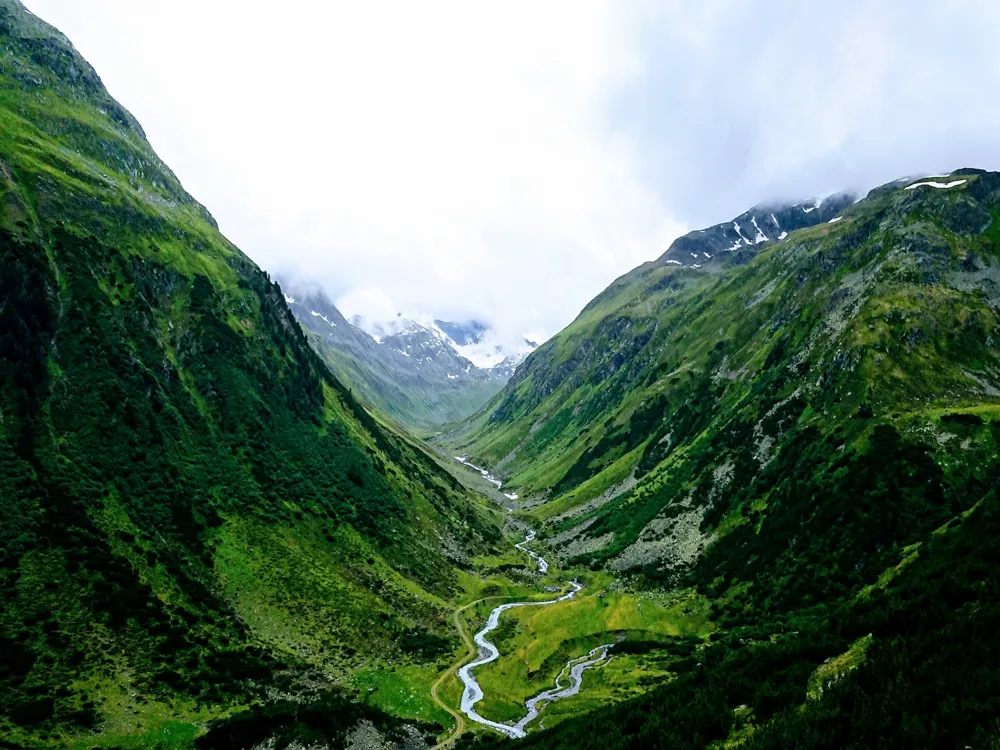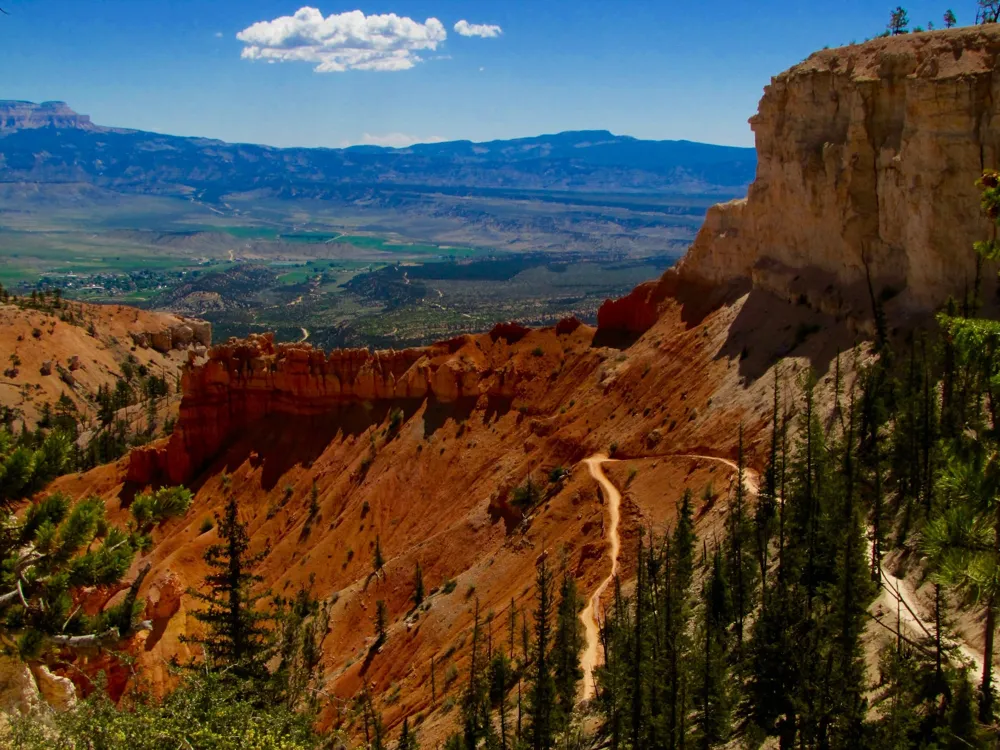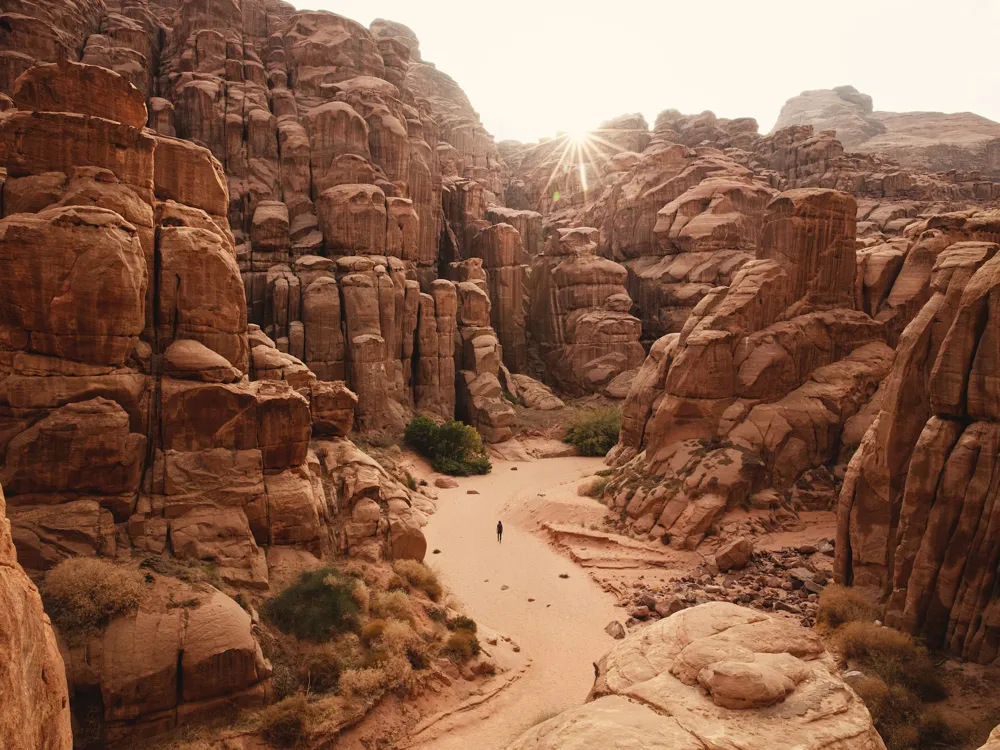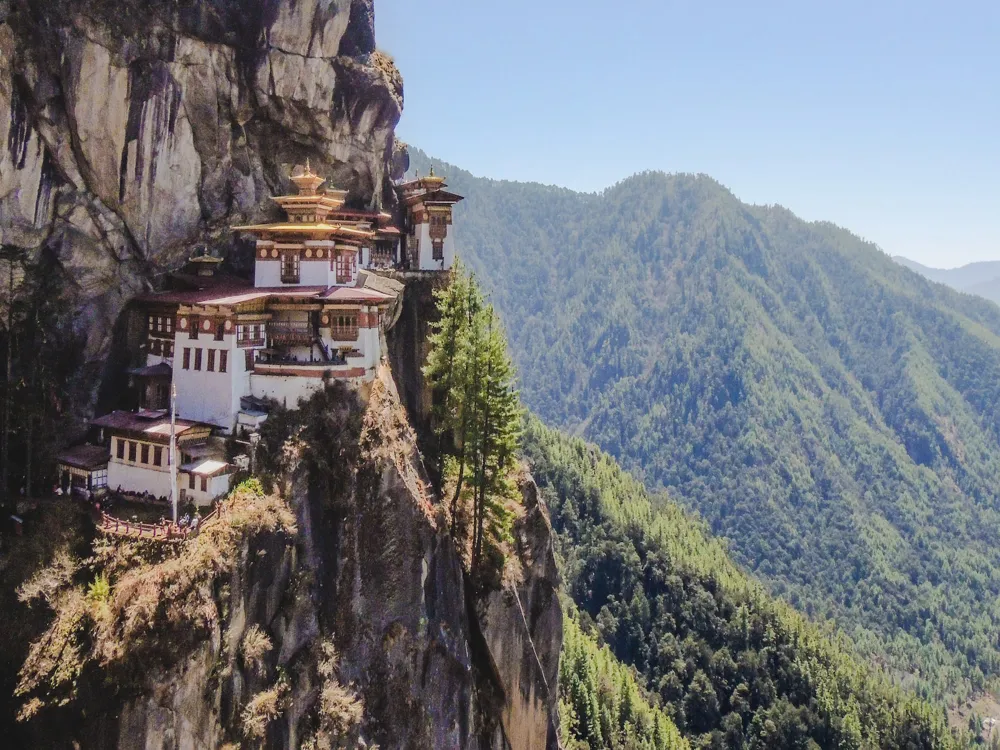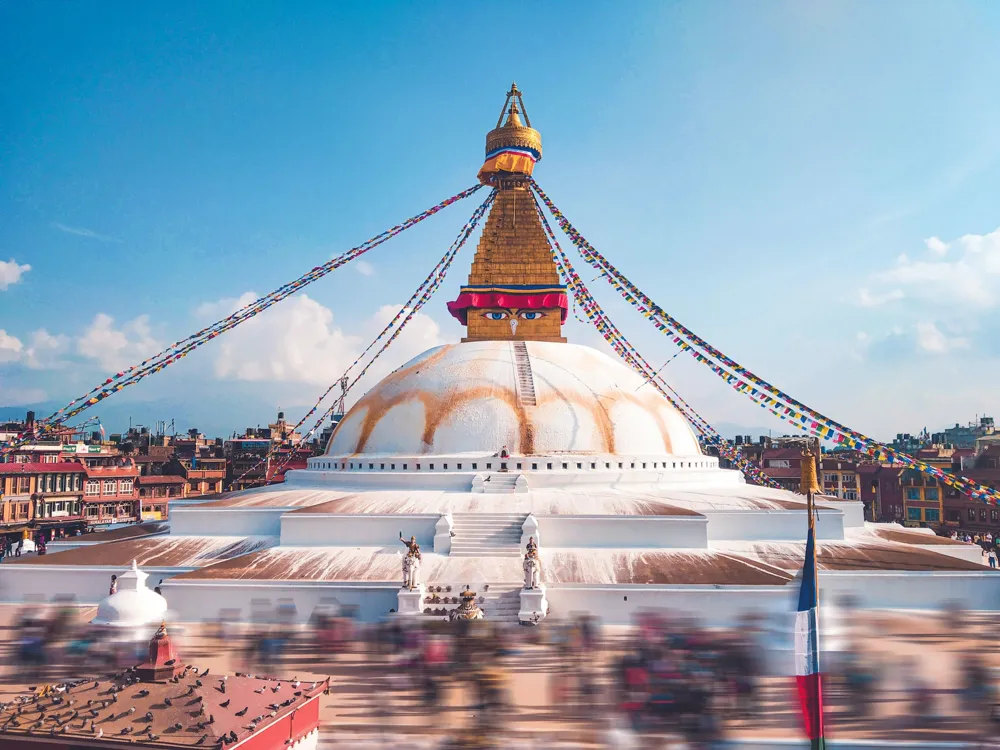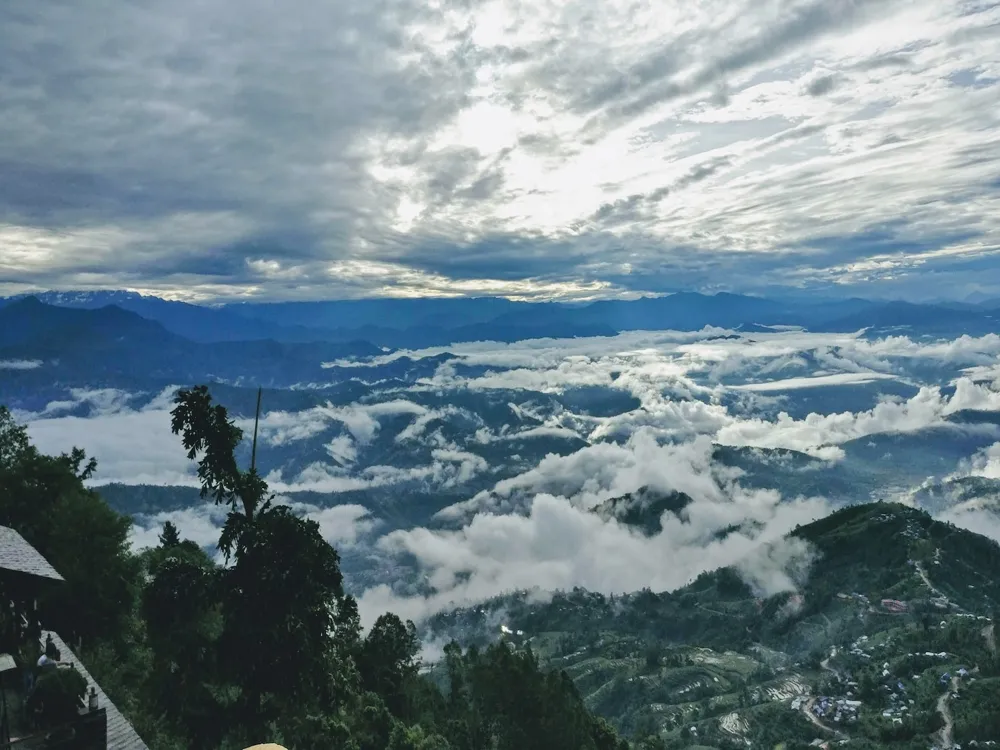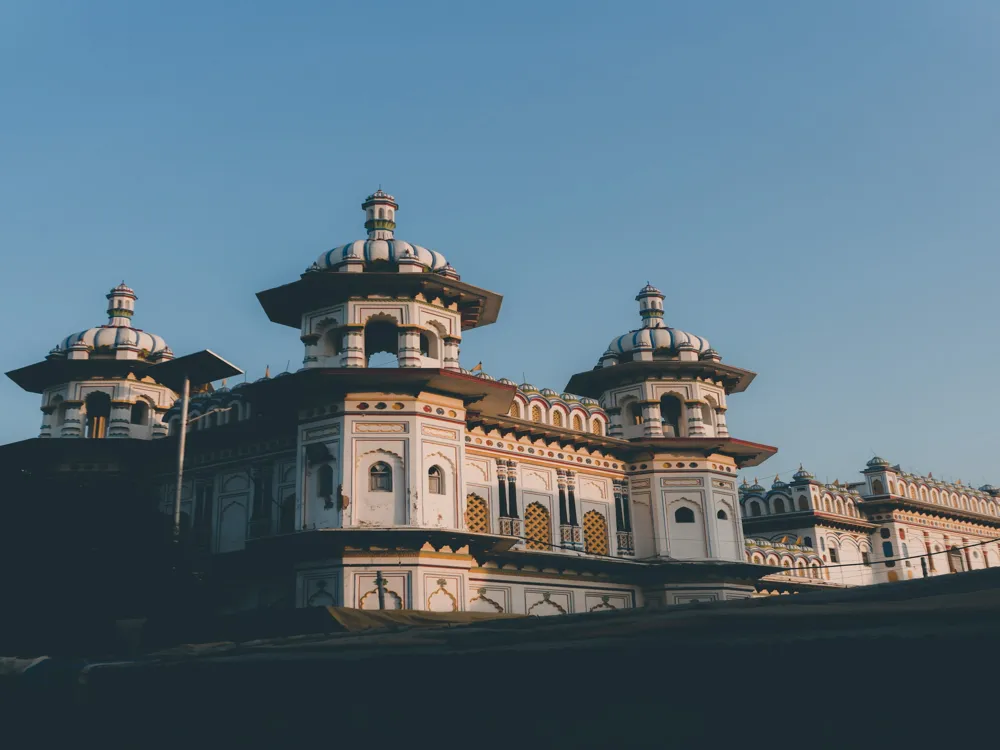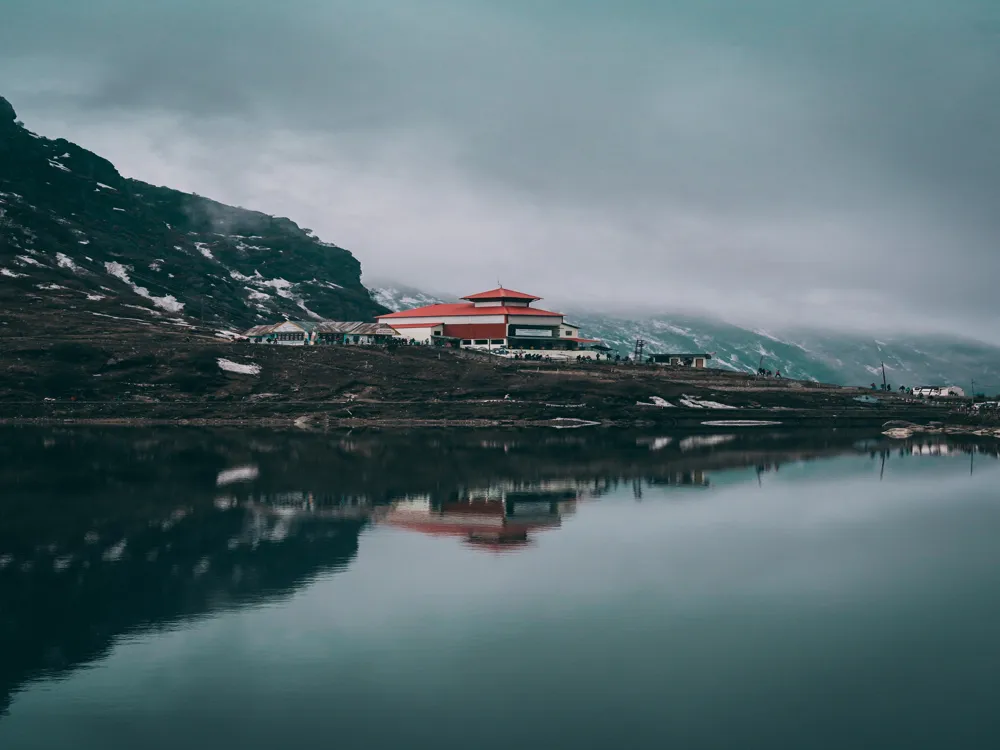Plan Your Travel To Haa Valley
Haa Valley Travel Essentials
None
Places To Visit In Haa Valley
"Hidden-Land Rice Valley of Bhutan"
Haa Valley Tourism
Nestled in the heart of the enchanting Kingdom of Bhutan, Haa Valley stands as a hidden gem awaiting discovery. Surrounded by pristine landscapes and breathtaking mountains, this valley is a testament to Bhutan untouched beauty. The valley, flanked by dense forests and traditional Bhutanese architecture, offers a unique blend of serenity and cultural richness. Visitors can immerse themselves in the tranquilly of Haa Valley, experiencing a harmonious coexistence of nature and Bhutanese heritage.Haa Valley is situated in the western part of Bhutan, close to the border with China. It is one of the country's most pristine and least-visited areas.
Known as the lowest Dzongkhang( quarter) of Bhutan, Haa Valley is one of the most graphic places located in the south-west of Paro. The idyllic wooded timbers and paths are ideal for enthusiastic trampers and pedestrians. This is also the only place in the world where one can find the cream-colored bloom of Blue Poppy( Meconopsis superba).
Although a little isolated, with hardly any lodestones, the valley offers the most surreal views in all of Bhutan. It's home to vagrant herdsmen and houses a veritably small population of Bhutan. As the crops grown in the region are rice, barley, and wheat, Haa Vale is also known as the"Hidden-Land Rice Valley.".
Connecting the sections of Paro, Samtse, and Chhukha, the valley covers an area of 1706 sq km. It was only made available to excursionists in 2002 and has been a mecca for pedestrians and nature suckers ever since. Strategically located at a distance of 30 km from Paro, Haa Valley can be reached through the Chele La Pass.
Bhutan's favourite touring trails and mountain biking trails are organised around this region. The people of Haa Valley follow the training of the 8th Guru Padmasambhava, which is conspicuous in the traditions and carnivals held in the region. One of the most popular carnivals celebrated by the Haa ethnic group and gadabouts is the Haa Summer Festival, which's generally held in July. piecemeal from the jubilee season, the stylish time to visit the region is from October to November.
Haa Valley Travel Packages
View All Packages For Haa Valley
Must Know Before You Travel to Haa Valley
Bhutan Tour Packages Before embarking on your journey to the capital, it's crucial to be well-prepared. Here's a quick guide to ensure a seamless experience:
-
Altitude Awareness: Situated at an elevation of over 2,700 metres, acclimatisation is crucial. Visitors are advised to take it slow upon arrival to avoid altitude-related issues.
-
Weather Wisdom: Haa Valley experiences diverse weather, from mild summers to chilly winters. Packing layers is advisable to tackle varying temperatures.
-
Cultural Sensitivity: Embrace the local customs and traditions. The Haa people are warm and welcoming; respecting their way of life enhances the overall experience.
-
Restricted Access: Haa Valley was opened to tourists only in 2002, maintaining its unspoiled charm. It's essential to respect the local regulations and guidelines.
-
Local Cuisine Delights: Don't miss out on savouring the unique Bhutanese dishes. Ema Datshi and Hoentay are must-try local delicacies.
Top Hotels In Haa Valley
View All Hotels In Haa Valley
More on Haa Valley Travel
Nightlife in Haa Valley
As the sun sets behind the mountains, Haa Valley transforms into a serene haven. While it may not boast a vibrant nightlife, the starlit skies and peaceful ambiance create an otherworldly experience.
Shopping in Haa Valley
Explore local markets for handcrafted souvenirs and traditional Bhutanese artefacts. From intricate textiles to handmade crafts, Haa Valley offers a shopping experience like no other.
Exchanging Money in Haa Valley
Currency exchange facilities are limited, so it's advisable to carry the local currency, Ngultrum. Major towns may have ATMs, but relying on cash is a safe bet.
Daily Budget for Haa Valley
For a comfortable stay, a daily budget of approximately $50 to $100 should suffice. Costs cover accommodation, meals, and local transportation.
History of Haa Valley
Steeped in history, Haa Valley dates back to the 8th century. Monasteries like Lhakhang Karpo and Lhakhang Nagpo reflect the valley's rich cultural heritage.
Nearby Places Haa Valley
Browse Package Collections
Browse Hotel Collections
Haa Valley Photos
View All Photos For Haa ValleyFAQs on Haa Valley
Q: What is the best time to visit Haa Valley?
A: The ideal time to visit Haa Valley is during the Haa Summer Festival, typically held in July. The weather is mild, and the festival showcases traditional Bhutanese culture, making it a unique and vibrant experience.
Q: Is altitude sickness a concern in Haa Valley?
A: Yes, due to its elevation of over 2,700 meters, visitors should be cautious about altitude sickness. It's recommended to acclimatize slowly upon arrival, stay hydrated, and consult with a healthcare professional if needed.
Q: Are there ATMs in Haa Valley for currency exchange?
A: While some major towns may have ATMs, it's advisable to carry the local currency, Ngultrum, as currency exchange facilities are limited. Having cash on hand ensures a smoother experience.
Q: What are the must-try local dishes in Haa Valley?
A: Don't miss Ema Datshi, a spicy chili and cheese stew, and Hoentay, a unique dumpling filled with turnip greens. Exploring local eateries will provide an authentic taste of Bhutanese flavors.
Q: Are there restrictions for tourists in Haa Valley?
A: Yes, Haa Valley was opened to tourists relatively recently, in 2002, to preserve its unspoiled charm. Visitors should respect local regulations and guidelines to ensure a positive and respectful interaction with the community.

